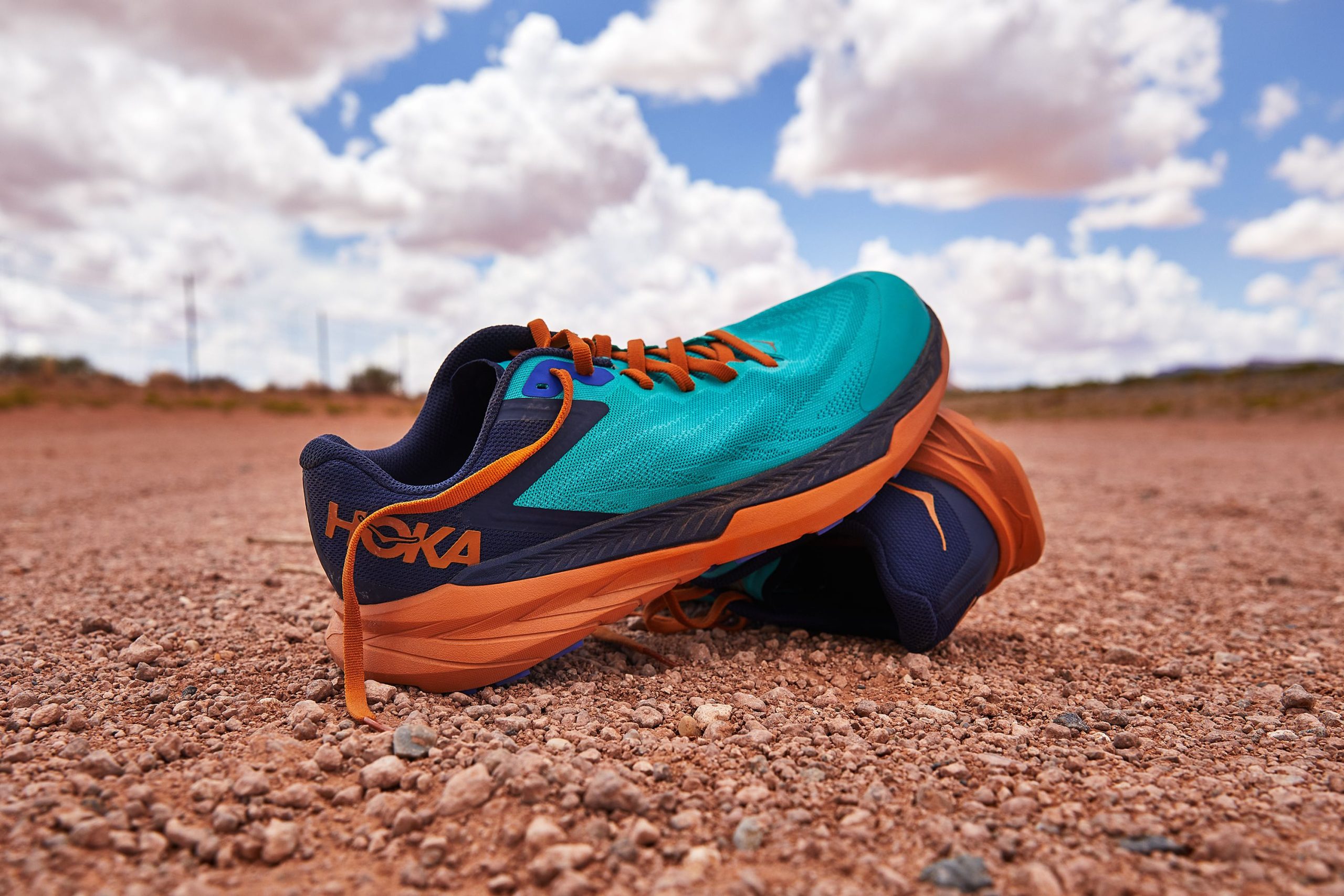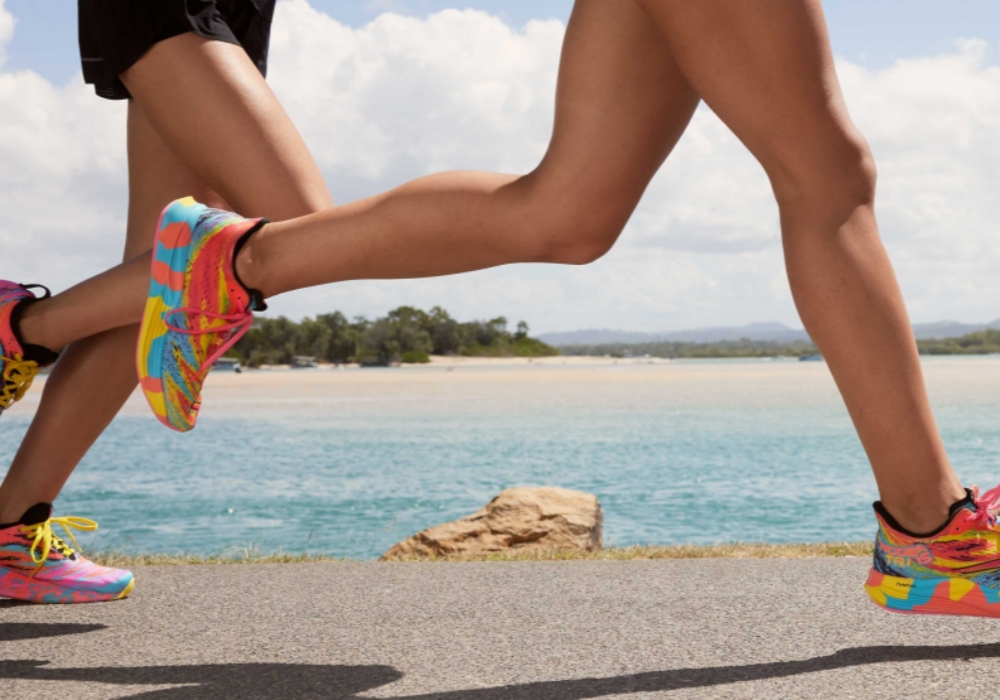Athletic activities encompass a diverse range of physical pursuits, each with unique demands and challenges. Whether it’s running, basketball, soccer, or hiking, the choice of appropriate sports shoes significantly influences performance, comfort, and injury prevention. Understanding how sports shoes impact various athletic activities can help athletes make informed decisions when selecting the right footwear for their chosen pursuits.
1. Running:
In the realm of running, the choice of shoes is paramount. Distance runners benefit from lightweight yet supportive shoes with ample cushioning for shock absorption and energy return. Trail runners require shoes with sturdy soles and enhanced grip for navigating uneven terrains. Sprinters, on the other hand, benefit from lightweight, spiked shoes that provide optimal traction and propulsion.
2. Basketball:
Basketball demands quick movements, sudden stops, and high jumps, requiring shoes with excellent ankle support, cushioning, and traction. High-top basketball shoes provide additional stability and prevent ankle injuries, while responsive midsoles aid in quick directional changes and swift movements on the court.
3. Soccer:
Soccer players rely heavily on their feet for dribbling, passing, and shooting, necessitating shoes that offer exceptional ball control, traction, and stability. Soccer cleats with specialized stud configurations are designed to provide optimal grip on various field surfaces, enabling players to make swift movements and sudden changes in direction with ease.

4. Hiking:
Hiking shoes are engineered to withstand rugged terrains and unpredictable weather conditions. They offer durable outsoles for superior traction, protective toe caps to guard against impact, and waterproof materials to keep feet dry and comfortable. Additionally, hiking shoes come in various designs, including low-cut, mid-cut, and high-cut options, catering to different hiking preferences and environments.
5. Cross-Training:
Cross-training activities involve a combination of different exercises, such as weightlifting, aerobics, and agility training. Versatile cross-training shoes provide stability for weightlifting, flexibility for aerobic exercises, and lateral support for multidirectional movements. They aim to deliver all-around performance for diverse workout routines, ensuring that athletes can seamlessly transition between various exercises without compromising support or comfort.
6. Tennis:
Tennis players require shoes that facilitate quick lateral movements, abrupt stops, and rapid sprints. Tennis shoes come equipped with reinforced toe caps for added durability, supportive midsoles for shock absorption, and durable outsoles for enhanced traction on hard court surfaces. They provide a balance between stability and agility, enabling players to execute precise footwork and powerful strokes on the court.
The impact of sports shoes extends far beyond the treadmill, with each athletic activity demanding specific features and functionalities tailored to its unique requirements. By understanding the distinct needs of various sports and activities, athletes can make informed decisions when selecting sports shoes, ensuring that they perform at their best while minimizing the risk of injuries.





